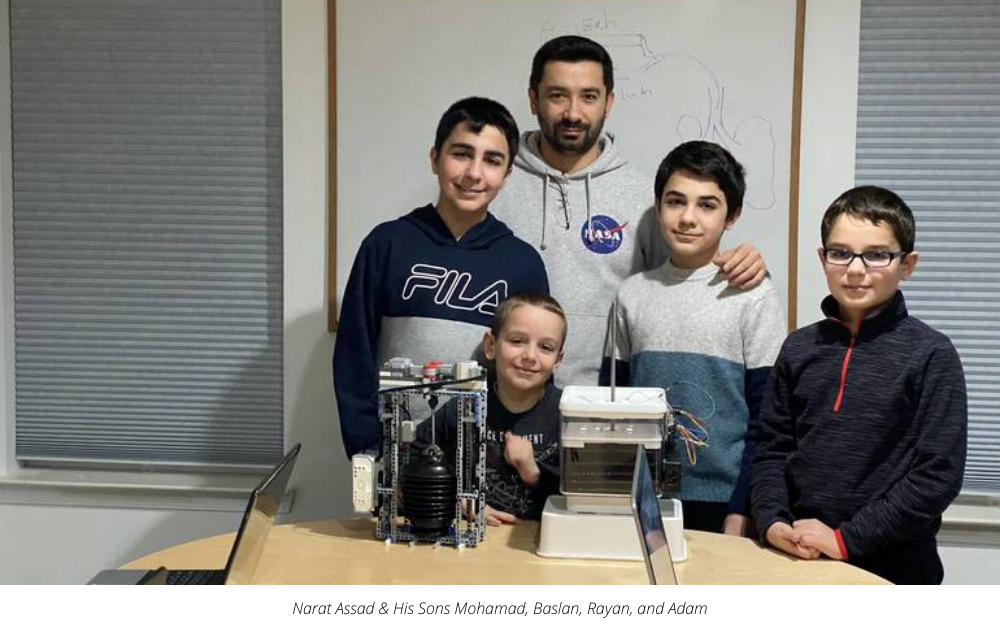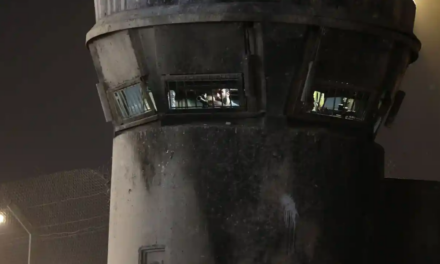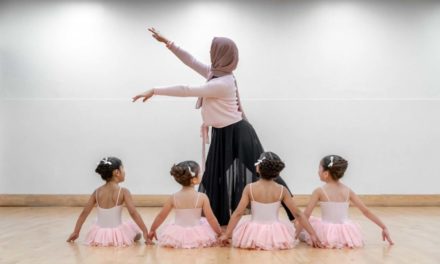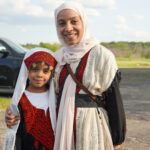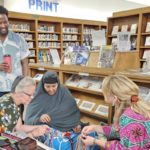Photo©:
Nort Assad
WAYNE, NJ – We are all stuck at home, spending upward of 90% of our time in our comfortable prisons with our familiar inmates, passing the time. Of those who are lucky not to have any family members at serious risk due to the virus, many are catching up on their shows, on reading, on housework, and home improvement. Some are wallowing in the pleasure of not having to go to work and doing their best to not think about when the next check is coming.
While some are simply enjoying the time off, there are others who are using this time to learn, volunteer and to help others.
Then, there is the Asaad family of Wayne.
The latest iteration of their model produces and controls air pressure at the same levels of commercially made ventilators. “It also has a touchscreen to customize the settings,” said Nart Asaad, the father and project manager.
Customizable settings include tidal volume control, pressure, and breathing rate, as well as monitoring of lung pressure and air temperature.
“We’re going to start talking seriously to professionals to develop a team to refine this and create a viable production prototype,” he said.
The Asaads are creating a non-profit company called Mercy Breath with the plan to mass-produce their inexpensive, medical-grade ventilators.
“Ventilators are expensive and that’s why they don’t get stored in large quantities in case of emergencies, like the pandemic we are facing now,” he said. “A low-cost ventilator that can fill the needs of 95% of emergency cases, will make it affordable for hospitals around the world to keep these on hand.”
Nart Asaad and his wife Layali have four sons who all helped design, code and build the ventilator.
- Mohamad is 14 and is a freshman at Wayne Hills High School
- Baslan is 13 and is in 8th Grade at Anthony Wayne Middle School
- Rayan is 11 and is in 5th Grade at JFK Elementary school
- Adam is 6 and is in Kindergarten at JFK with his brother.
“We are really very grateful for what the Wayne Schools and Wayne Board of Education have done for us,” said Asaad. “I couldn’t teach them everything they needed to accomplish this in just a day. My sons have been taught very well and their teachers have invested a lot in them. That’s why we were able to reach this point.”

A lego Iteration

Final Iteration of the V4 Assad ventilator.
Each of the Asaad children participated fully in the project, while Layali captured signature moments during the process. She also acted as foreman, directing when her children could be finished with schoolwork before they could work on the project. “School comes first,” said Layali with a smile.
The most exciting moment of the project came when this last iteration of the device worked for the first time. Layali described the moment.
“They were down in the basement and suddenly I heard shouting and screaming,” she said, her voice expressing pride. “I knew immediately that it was working, so I ran downstairs and saw them going crazy and jumping around and shouting: ‘Its working! Its working! We’re done now!”
“It was a moment of mixed feelings,” said Asaad. “Happiness – ‘It worked!’ Pride – look what we accomplished. Worry – now we must perfect it, and love – we admired each other even more because of this.”
The Asaad family were rewarded from both the journey and the end result. The project changed each of them in little ways. The children worked together to build the prototypes and code them using the Lego Mindstorm smart bricks. They researched together, hunted down parts together and bonded.
“We could see what we accomplished together, and it brought us closer together,” said Mohamad. The fourteen-year-old is now determined to be an engineer when he grows up.
Baslan, the thirteen-year-old, was confident from the beginning. “I knew we would be able to make something functional, because we’ve done things like this in the past with robots. We’ve built robots that could complete mazes and move objects, for example.”
Eleven-year-old Rayan said that the project was not without frustrations, but they were able to work well together “When we argued, it wasn’t for just the point of arguing, but arguing about what would be best for this project,” he said.
Getting words out of the shy six-year-old Adam was difficult, but he said in his adorable 6-year-old voice: “The whole thing was fun.”
“I really got to see them in a different light,” said the proud father. “Especially their desire to help other people.”
